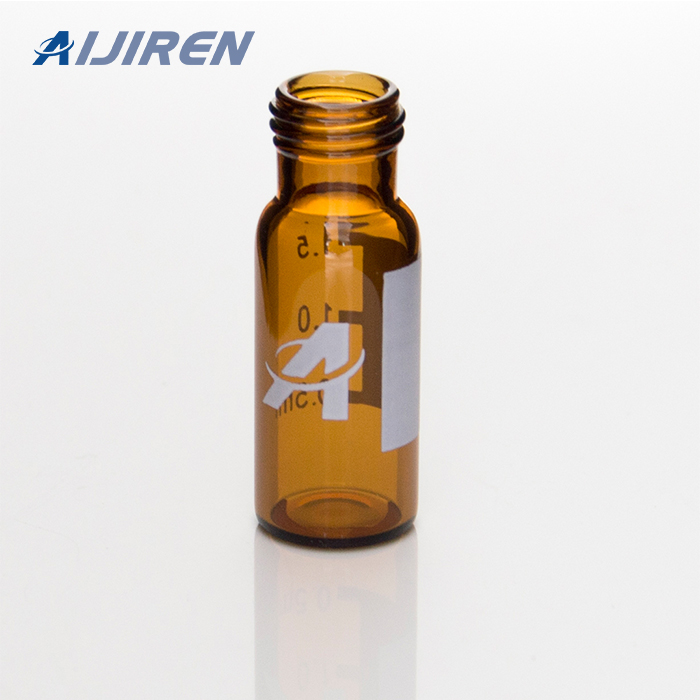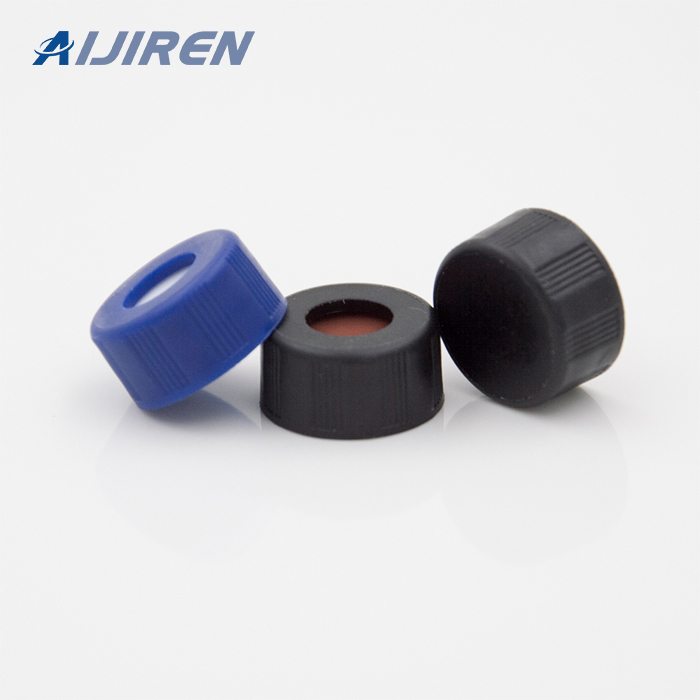



Type 1 amber borosilicate glass has a linear coefficient expansion of 51. Schott. Glass Type. Principal Use. Density at 25°C g·cm-3.
Mar 30, 2012 Our MicroSolv brand vials are made from SCHOTT® brand glass tubing, of first hydrolytic class. First hydrolytic class glass is very hard and ...
Features · High quality glass Type 1, 51-expansion glass (clear and amber) and Type-2, 33-expansion glass (only clear) . · Good quality control, including height,
HPLC instruments - LCMS instruments - GC instruments. Applications Amber glass vials are made from USP Type 1 Class B, 51 Borosilicate Glass. Features.
Superior quality 1st hydrolytic class glass (Type 1) in clear and amber, National Certified Vial Kits are fully lot-tested including HPLC and GC ...
We also provide vials whose glass is made from the 1st hydrolytic class. Glass of the 1st hydrolytic class is very hard and has a small coefficient of expansion
content is used in the manufacture of Q-Range vials - 33-Expansion clear glass (USP1 Type. 1 borosilicate, Class A) and 51A-Expansion amber glass (USP Type
It features a range of vials, closures and crimpers for GC, HPLC and Firstly, almost all vials are made out of 1st hydrolytic class glass.
Germany www.bgb-shop.com/vials. 28. ND11 Crimp Neck Vials. Borosilicate glass – 1st hydrolytic class. 1.5 ml. 32 x 11.6 mm.
9mm Wide Opening Screw Thread Vials and Closures. • Superior quality 33 expansion borosilicate clear (Type 1, Class A) or 51A amber (Type 1 Class B) glass,
0.25mL Vial Inserts Glass Bevelled Bottom Clear Insert Tube for 9-425 Vials, 11mm Crimp Top Vial and 11mm Snap Top Vial · Material: USP Type 1, 68 Borosilicate
other vials of 1st hydrolytic class glass (without surface treatment). glass in 33 expansion and amber glass in 51 expansion.
Aijiren CrossLab Snap Top Vials and Closures.........51 ... Made from First Hydrolytic Type 1 Class A or Class B borosilicate glass, which conforms to US ...
Glass vials with graduation. Vials play a significant role in analytical analysis and result reproducibility. Vials must be inert and free of extractables or
Our vials are produced under the most stringent conditions with highly sophisticated production technology out of 1st hydrolytic class glass.